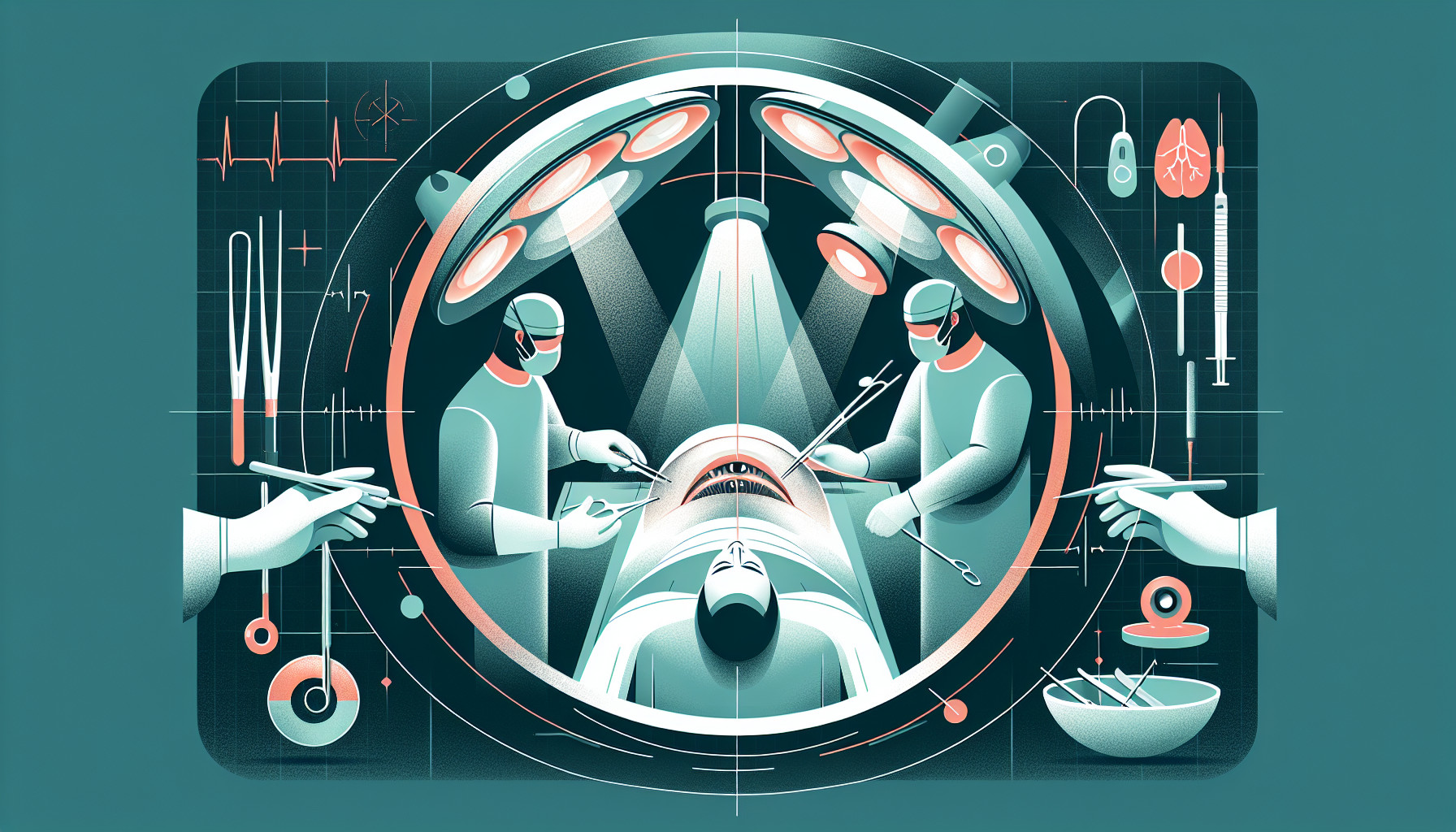Our Summary
This research paper discusses the future of cataract surgery, presented at the 2024 Cambridge Ophthalmology Symposium. The paper identifies several factors that could influence how cataract surgery changes in the coming years. These factors include the need for more people to have access to cataract surgery, the need for the procedure to be more sustainable, the introduction of new technologies, and the use of artificial intelligence in the process.
FAQs
- What are the main evolutionary pressures that may shape the future of cataract surgery according to the 2024 Cambridge Ophthalmology Symposium?
- How is the incorporation of artificial intelligence expected to influence the future of cataract surgery?
- Why is there a need to improve CS access and sustainability in the coming decades?
Doctor’s Tip
One helpful tip a doctor might tell a patient about cataract surgery is to follow all pre-operative instructions provided by the surgeon, such as avoiding eating or drinking before the procedure and stopping certain medications as directed. It is also important to have someone available to drive you home after the surgery and to attend all follow-up appointments to ensure proper healing and vision improvement.
Suitable For
Cataract surgery is typically recommended for patients who are experiencing significant vision impairment due to cataracts. Cataracts are a common age-related condition in which the lens of the eye becomes clouded, leading to blurry vision, glare, and difficulty seeing in low light.
Patients who are experiencing symptoms such as difficulty reading, driving, or seeing clearly at a distance may benefit from cataract surgery. Additionally, patients who have cataracts that are significantly impacting their quality of life or ability to perform daily activities may also be recommended for surgery.
It is important for patients to undergo a comprehensive eye examination with an ophthalmologist to determine if cataract surgery is the best treatment option for their specific condition. Overall, cataract surgery is a safe and effective procedure that can significantly improve vision and quality of life for patients with cataracts.
Timeline
Before cataract surgery:
- Patient visits an ophthalmologist for a comprehensive eye exam.
- Ophthalmologist diagnoses cataracts and discusses treatment options.
- Patient undergoes pre-operative testing to ensure they are a good candidate for surgery.
- Patient schedules surgery and receives instructions on how to prepare for the procedure.
After cataract surgery:
- Patient arrives at the surgical center and undergoes the procedure, which typically takes less than 30 minutes.
- Patient is monitored for a short period of time after surgery and then released to go home.
- Patient may experience some discomfort, sensitivity to light, and blurry vision in the days following surgery.
- Patient attends follow-up appointments with their ophthalmologist to monitor their healing and vision improvement.
- Patient may need to use prescription eye drops and follow specific post-operative care instructions to aid in their recovery.
- Patient experiences improved vision and reduced dependence on glasses or contact lenses.
What to Ask Your Doctor
- What are the risks and benefits of cataract surgery for my specific case?
- What type of cataract surgery will be performed (traditional vs. laser-assisted) and why?
- What is the success rate of cataract surgery and what is the expected outcome for my vision?
- What is the recovery process like and how long will it take for my vision to improve?
- Are there any potential complications or side effects I should be aware of?
- Will I need glasses or contact lenses after cataract surgery?
- How many cataract surgeries have you performed and what is your success rate?
- What is the cost of cataract surgery and will my insurance cover it?
- Are there any alternative treatments to cataract surgery that I should consider?
- How will cataract surgery improve my quality of life and overall vision health in the long term?
Reference
Authors: O’Brart D. Journal: Eye (Lond). 2025 Jun;39(8):1451-1456. doi: 10.1038/s41433-025-03745-x. Epub 2025 Mar 13. PMID: 40082703
